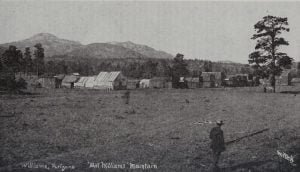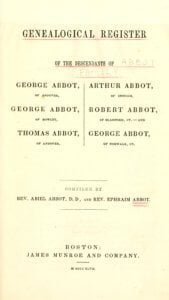Kedzie Family Genealogy
The Kedzies Family Genealogy tells of the migration of the Kedzie family from Scotland to this country, and gives a list of their relatives and descendants. The list of relatives and descendants provides names, dates and places of birth, marriages, occupations and deaths, so far as they could ascertain.










